
“All Bad Poetry Springs From Genuine Feeling”
– Oscar Wilde
It is a common practice among cinephiles to debate and mock “the worst films ever”, an activity that has given rise to a pseudo genre itself. However, as the canonization of film becomes less and less relevant, and the qualifications for “good” or “high” art are deconstructed, many of these so called “worst films ever” have revealed themselves to be beloved classics – not just because they are easily mocked.
Here are 10 films that are frequently lauded as some of the worst ever, which upon inspection actually contain fascinating artistic perspectives, moments or themes. Many of these films can be seen as challenging and individualistic as opposed to clueless or bewildering. The energy of film, the love of creation, is often more palpable in brash, passionate directors then empty Hollywood blockbusters, making these films fascinating and sometimes heartbreaking cult classics.
1. Things (1989)
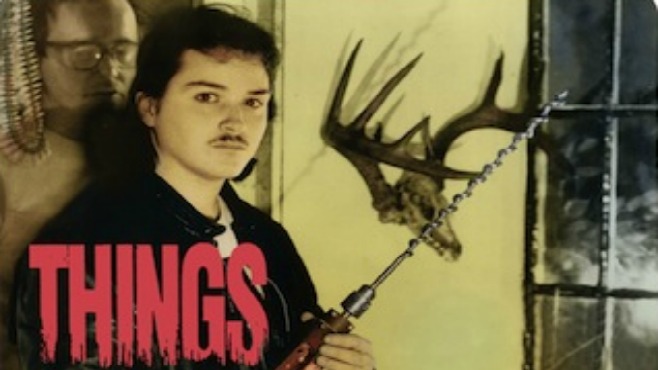
Perhaps the most obscure film on this list, Things is also the hardest to defend. With a monumentally low budget of approximately $ 35,000 which seemed to be spent mostly on fake blood and the salary of porn star Amber Lynn, Things has grown to be a small, messy direct to video cult phenomenon on it’s own bizarre terms, with every scene containing baffling dialogue, camera work and line delivery.
Things is hardly the disturbing, splatter torture monster movie it aimed to be. Rather it is a passionate, messy work of youthful energy that reminds us all what is so much fun about low budget cinema. Few Horror films are as catastrophically bad or as strangely made as Things, with splatter filling the gaping wholes in plot and good taste.
However, Things is an honest love letter to gore exploitation films of the past, and though you can’t help but laugh, you also cant help but imagine a group of Canadian gore hounds having a ball making their dreams come true. Things is exhibit A for what is so joyful about splatter movies.
2. Showgirls (1995)
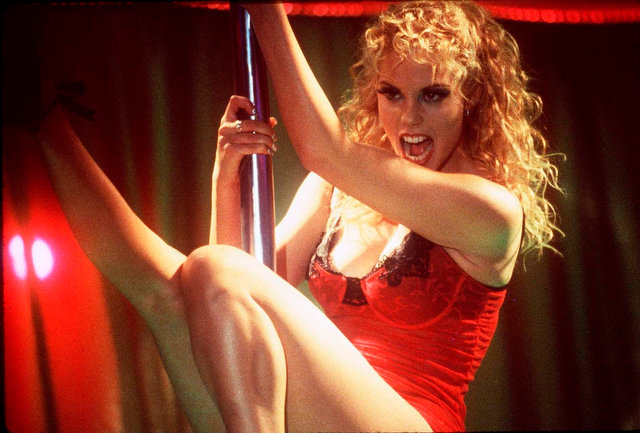
It can be hard to explain the allure of Paul Verhoeven’s fascinating Las Vegas epic. It lies somewhere between dark satire, unintentional-intentional comedy and is one of the few examples of modern camp. An initial massive box office flop that was brought back from the dead on the home video market, Showgirls is a cinematic legend as well as something of a rite of passage among young, adventurous movie fans. Extended scenes of sex and nudity, as well as hammy, melodramatic dialogue and manic performances make Showgirls an experience unto itself.
Perhaps the last true Exploitation film, there is plenty of eye rolling moments of nudity and meandering sexual dialogue, but as is the case with so many exploitation films, there is also an element of true social commentary. Showgirls takes a hard look at the nature of capitalism, sex, power, and exploitation. At times, it delivers a chilling portrayal of abuse and desire that goes beyond it’s appeal as a trashy late night favorite. Alluring, beautiful, laughable and subversively dangerous, Showgirls is one of the most fascinating films of the last 25 years.
3. Caligula (1979)
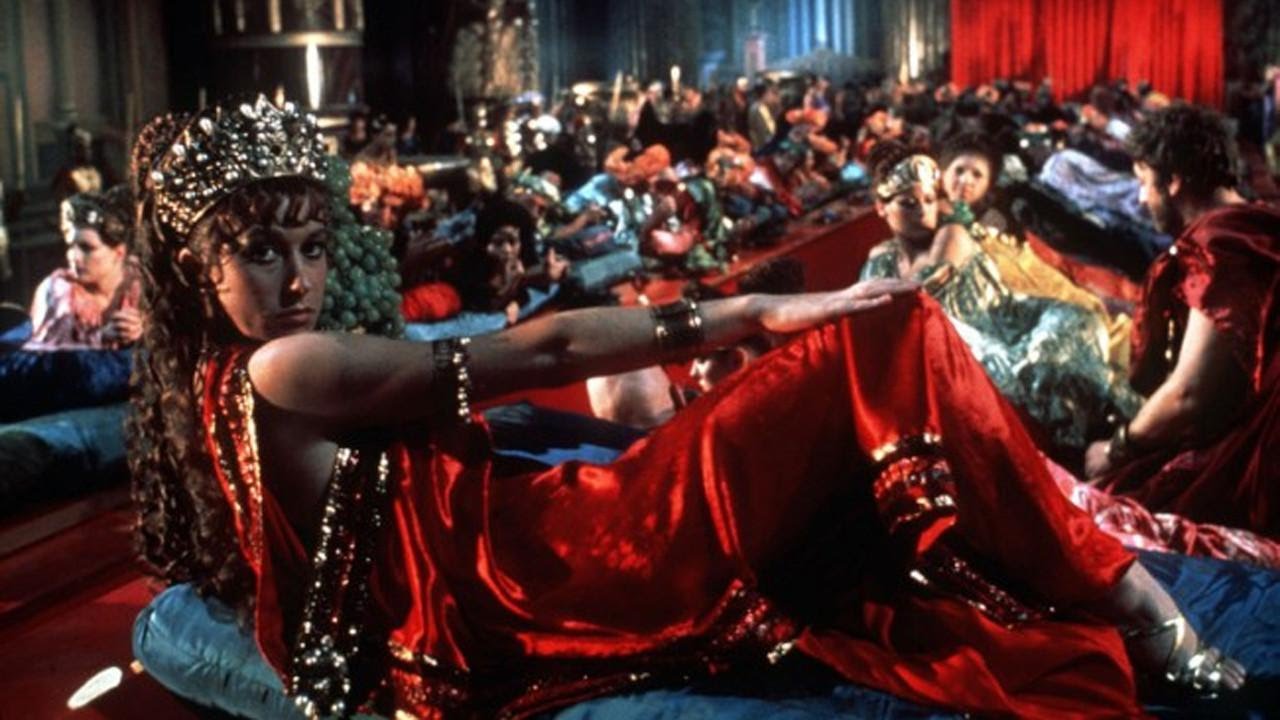
When Caligula was first released in 1979, many critics felt that the film would only be appealing to perverted weirdos. Almost 40 years later that may well still be true. But trough all of the filth, violence and exploitation lies a stylish, if bewildering (and sometimes painfully boring), film.
Written by Gore Vidal, who quickly distanced himself from the project, and funded by Penthouse (that’s right, the porn empire) Caligula is an explicitly violent, pornographic mess that’s almost three hours long. It is meandering, and its flimsy attempt at a plot is largely used for scenes of gruesome violence and massive orgies. However, Caligula lives on as a cult film due to its hilarious line delivery and pornographic content.
It seems only fitting that a film about the reign of the infamous roman emperor would be bombastic, chaotic and baffling. A true example of 70’s cinematic success, few films explore debauchery this thoroughly and uncompromisingly. There are also some surprisingly moving moments in the film, and a real feeling of tragedy and disgust permeate throughout. This film is a true pinnacle of Italian exploitation cinema.
4. Glen Or Glenda (1953)
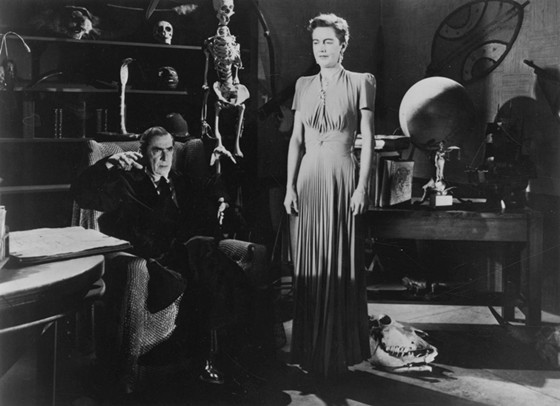
“This is a picture of stark realism…” declares an opening slide for Ed Wood’s controversial debut picture, Glen or Glenda. Indeed, truer words have rarely ever been spoken. Though initially written off as a garbage exploitation film, mainly due to its melodramatic acting, inept camera work, and low production values, Glen Or Glenda is a truly revolutionary work, which many would still find remains challenging to this day.
Wood’s film deals with the complicated and confusing nature of gender with a sympathy and understanding rarely seen in films being made decades later. Even now, you would be hard pressed to find a film so passionately begging for tolerance, understanding and exploration as Glen or Glenda.
Wood plays a character based on himself, but also features many other members of Wood’s entourage who were transgender or queer, which gives the film it’s realistic edge, despite the science fiction schlock and pain educing inducing dialogue. As always with Wood’s art, there is passion and flair at every turn, with genuine love of the characters and political issues.
In many ways the film is a landmark of American Queer cinema, as well as one of the most personal films on this list. Though there are plenty of campy missteps and baffling production choices, Glen or Glenda is, at its heart, a truly passionate film by an American auteur and a landmark achievement.
5. I Spit On Your Grave (1979)
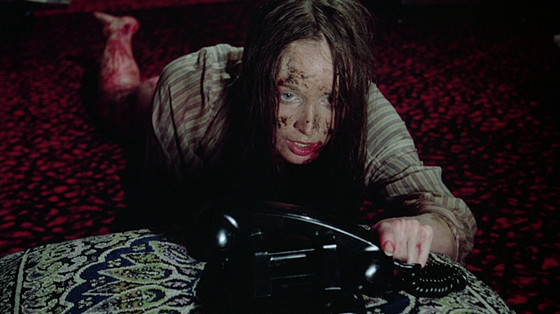
Meir Zarchi’s instantly controversial and debated film is one of the most infamous films in history. Without going into too much detail, the film features a brutal, prolonged gang rape scene that is ugly, gut wrenching and at best, bafflingly exploitive, followed by the victim’s violent, and cathartic revenge. The film generated instant cult status as well as mainstream backlash, with many critics condemning it’s contents and the film’s quality. To discuss this film with any kind of academic intent, one has to separate the ethical fabric sewn into the film’s role in culture from the art itself.
I Spit On Your Grave is not, like some of the other films on this list, an incompetently made film. Camille Keaton’s performance is riveting and powerful, and is perhaps the best performance written about on this list. The grainy, guerrilla style filmmaking is neither glamorous nor beautiful, adding to the ugly subject matter at hand. Also, the film avoids the then common, and upsetting motif of a women victim who is then avenged by a man; Camille finds her own strength without any help, making her arc successful and fulfilling. The brutal acts of violence she commits at the end, including the appropriate and powerful severing of her rapist’s genitals are one of the most truly cathartic moments in all of horror history.
Problematic, and hardly a film anyone needs to see more then once, I Spit On Your Grave is, perhaps, a misplaced attempt at feminine catharsis though a very male lens. One of the greatest horror film theorists of all time, Carol J Clover, points out that at no time is the audience to identify with the attackers, only the victim. Julie Bindel, who protested the film on feminist grounds when she was younger, later said she was wrong and that the film was, in fact, feminist. One of the most misunderstood films of all time, as well as one of the most hated, I Spit On Your Grave is worth a study, if you have the stomach for it.